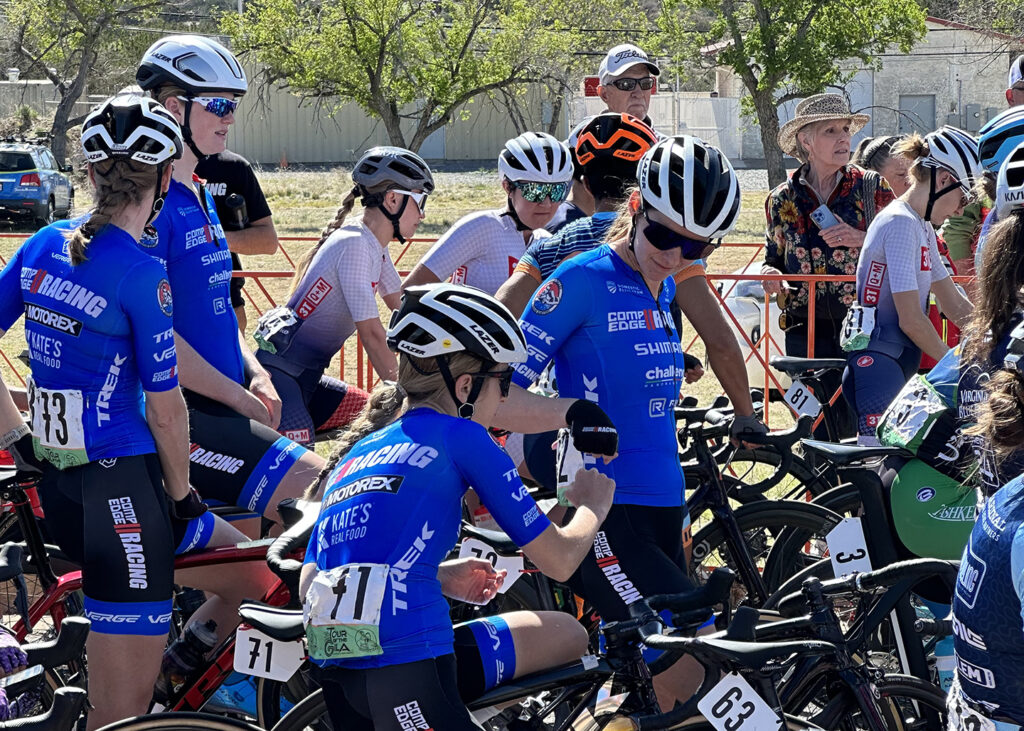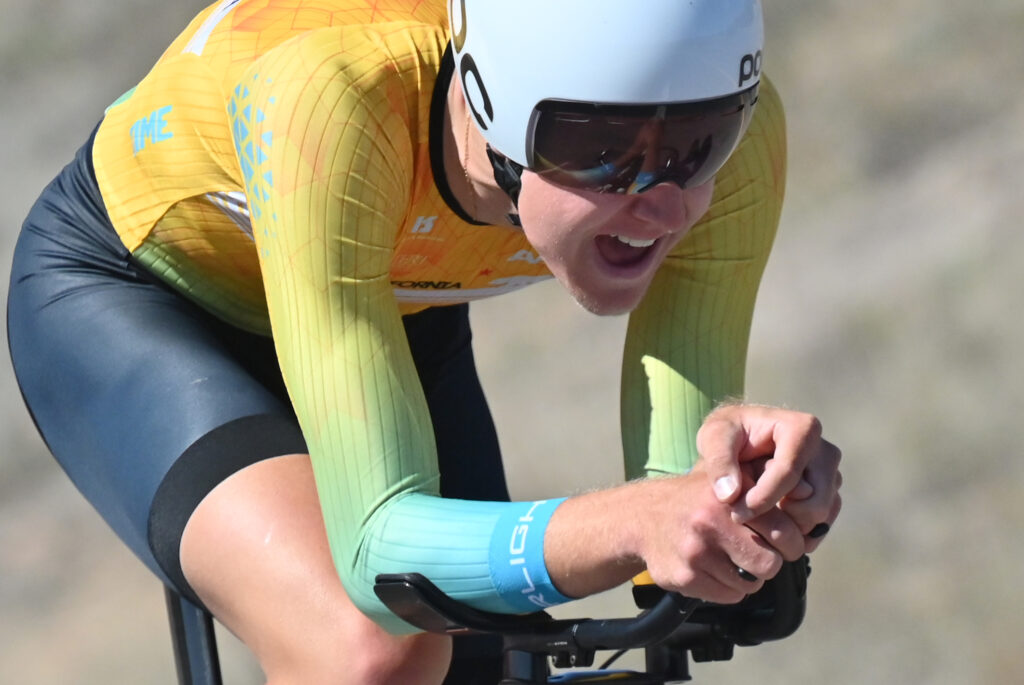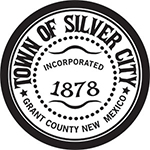Seasoned Pros Discuss the Race’s Qualities and Quirks
In 2019, Tour of the Gila interviewed Gord Fraser and Rachel Hedderman. Then, the accomplished former pro cyclists and directors for two of the continent’s top teams, shed some light on what Tour of the Gila is like for people in their position — behind the scenes. Each is an Olympian who’s raced around the world at every level; each is celebrating a decade of directing teams at Tour of the Gila; each sees the value in Tour of the Gila in the greater context of professional road cycling in the United States. (While you read, keep in mind that while Fraser and Hedderman’s roles within cycling may have changed since five years ago, but they assured us the sentiments remain the same.)
Gord Fraser
Director Sportif, Floyd’s Pro Cycling
How many times have you attended Tour of the Gila?
I’ve been there now more as a director than a rider. I’ve probably been there 15 different years. This is my tenth as a director. From a director’s perspective, describe the qualities of Tour of the Gila racecourses. That’s the number one draw: the difficult nature and the European style roads and courses at Tour of the Gila. That’s by far the number one reason why we’d go to Tour of the Gila; obviously there are many reasons. This type of race is becoming increasingly difficult to pull off in the United States — to get the style of climbs and length of road closures and all that.
Some of the most spectacular racing on the continent is right here. We definitely need to support a race like this. It’s an investment in our athletes, who are much better prepared for bigger races in Europe if they do the Tour of the Gila. It’s a must-do. I can’t imagine not bringing a team here.
What kind of competition do your teams see at Tour of the Gila?
The same reasons I just gave hold true for a lot of teams. As domestic racing goes, it’s in the top two or three races in terms of competition. Tour of the Gila is a big rendezvous for the North American professional peloton. I can’t imagine there being many absentees from the start list. Being in the Gila gets you noticed. It’s really good for a rider’s resume.
Given Silver City’s remote location, how are the logistics of attending the Tour of the Gila unique?
It’s a bit challenging, but it’s not actually that hard. You either fly into Tucson or Albuquerque. Some teams even fly directly into Silver City on a small little airline. I’d say the majority of the racers are kind of Colorado and Western states-based so it’s not a huge ordeal for the athlete. Quite frankly, it’s such a good race, I’m sure the guys would travel a lot farther. In the big picture, it’s well worth the journey.
What are some other unique features of this race?
Other than the European feel in difficulty and distances, Tour of the Gila offers a lot of different looks: long climbs, short and steep climbs, cross winds, a criterium, a time trial…. It really gives everyone a chance to showcase what they can do.
Plus, it doesn’t get much more unique than the community in Silver City. We certainly enjoy visiting. We feel very welcome. I know it’s not easy for everyone to navigate the logistics of road closures, but I think we bring a lot of the community and get a lot in return. I feel it’s a win-win.
What else do team directors appreciate about Tour of the Gila?
For all of us in the director cars, it’s a spectacular race to drive in the caravan. It’s amazing driving those roads — up and down the Sapillo and out to the Cliff Dwellings. I don’t think it can get more spectacular than the vistas and terrain out there. It’s pure enjoyment from a director’s perspective.
Anything you’d like to add?
I wish they’d open up the Buffalo Bar again.
Rachel Hedderman
Director Sportif, Team TIBCO-Silicon Valley Bank
How many times have you been to Tour of the Gila?
I raced Tour of the Gila four times, and as a director, I’m pretty sure I’ve been there every year, so I think this will be my tenth year as a director.
Since I first attended, there are some parts of it that have stayed very much the same, but the race is now a UCI race, so it’s grown in that respect. The essence of the race has pretty much stayed the same though.
Describe the qualities of Tour of the Gila.
They have some of the toughest climbs of any of the races we do in the U.S. The first stage climb to Mogollon is one of the most iconic climbs of any of the races that we do, probably the most iconic. I think it’s looked forward to by some and feared by others.
What kind of competition do your teams see at Tour of the Gila?
I think the race attracts more climbers than any race in the U.S. For a climber, it’s the one race that everybody would want to do. Previous winners are a real who’s who of good climbers in the U.S. It’s definitely one of the must-win races for good climbers.
Given Silver City’s setting, how are the logistics of attending the Tour of the Gila unique?
Logistically, it has its challenges. I have flown into Silver City, but only once in all the times I’ve been there. We arrived an hour before the flight, as you do, and we stood outside the airport waiting for it to open. The logistics can be challenging, but Tucson and El Paso are only three hours away.
In terms of accommodations, the race does a great job of finding host families for teams to stay with. I’ve stayed with some great host families in Silver City. As for the experience of being able to stay with locals, that whole experience is really fun. I’ve also the last few years stayed in a hotel, because I’ve been with the UHC women’s and men’s teams, and with both a men’s and a women’s team, host housing gets a little more challenging.
What are some other unique features of this race?
In the stages that go through some of the more remote locations, communication is challenging. In other races, you have the ability to communicate more with your staff in the middle of the race, whereas in the areas we’re racing through, there’s no cell phone signal or anything like that. It means keeping the team and the staff updated as to what is happening during the race is a little more challenging. But that is probably not unique to the directors; it’s probably more of a challenge for media.
We don’t do that many races at altitude. There are some others, but it’s certainly the highest one. That’s probably more of a challenge for the riders, but as a team director, that’s something you have to take into consideration: how all the riders will adapt to the altitude they’re racing at.
What else do team directors appreciate about Tour of the Gila?
Silver City itself is such a quirky little town. It’s somewhere you’d never get the opportunity to visit and learn about if it wasn’t for a bike race. It’s a new place I’ve discovered purely through the bike race. It’s the kind of place that, if I was a little closer, I’d love to come spend time in.
Share your best memory as a director at Tour of the Gila.
The final stage of the race I think two years ago is the race I describe as one of my favorite ever as a director. On the Gila Monster stage, our team took first, second and third, and also second-to-last and third-to-last place. The three riders who took the top three places on the stage came back to the finish line to cheer on their teammates. It was one of my best experiences as a director to see the team work so well together. Bike racing is much more of a team sport than a lot of people realize. For me, that was a real example of teammates working so hard for each other and respecting each other. I think I count that as one of my favorite ever stages that I’ve directed.
Anything you’d like to add?
I wish the bar that was on the last corner of the crit course was still open.




























